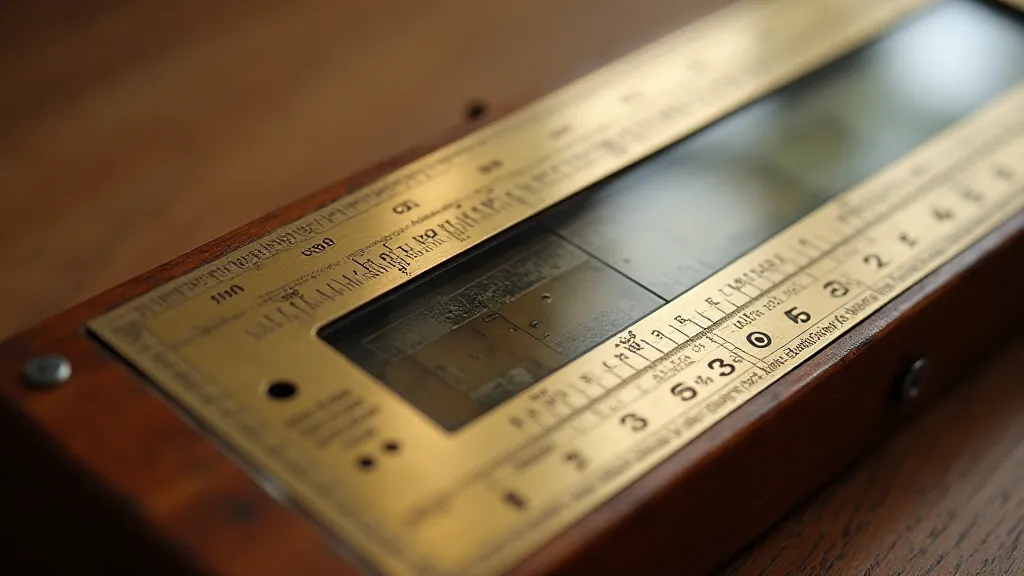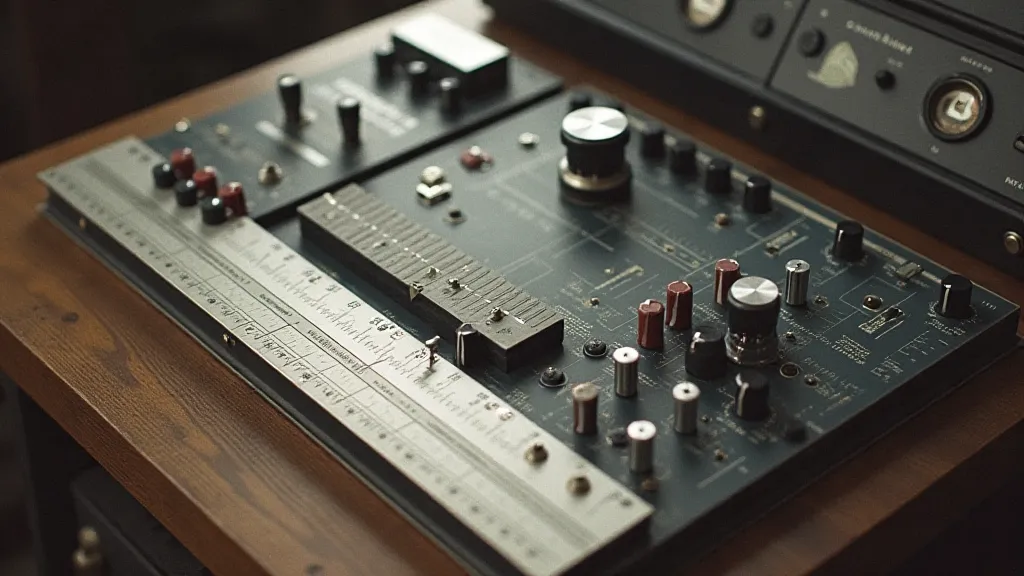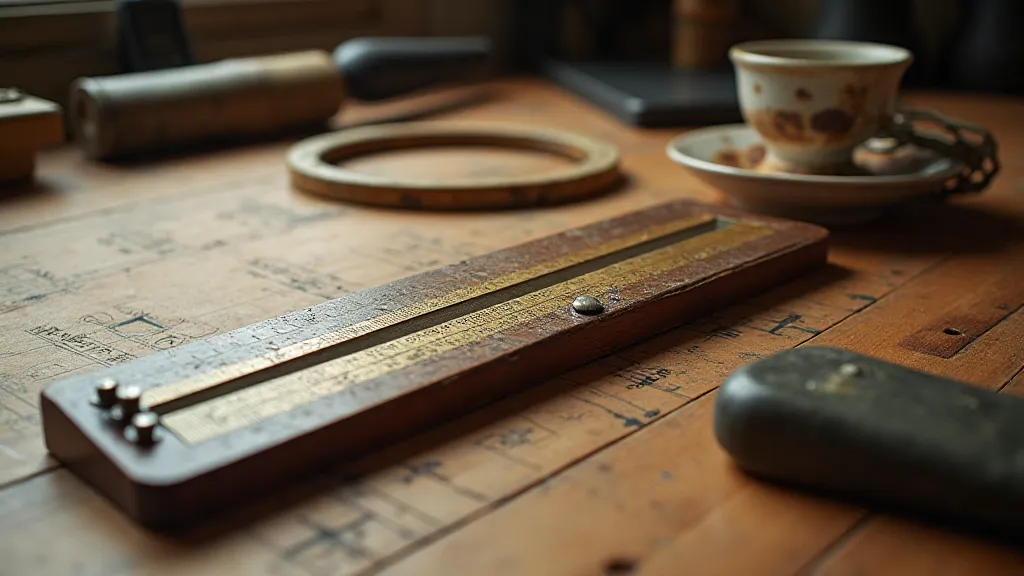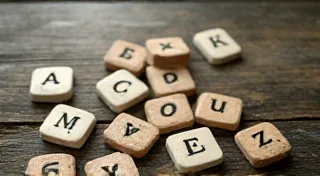The Weight of Legacy: How Slide Rules Shaped Modern Design
There’s a certain heft to a vintage slide rule. It’s not just the weight of brass and mahogany, but the weight of history, the weight of countless calculations performed by engineers, scientists, and mathematicians who shaped the modern world. Holding one is a tangible connection to an era before microchips and instant digital solutions – a time when problem-solving demanded a deeper understanding of underlying principles and a respect for the tools that facilitated that understanding. The slide rule isn't just a calculator; it's a testament to human ingenuity and a surprisingly beautiful example of early mechanical engineering. And beyond its utilitarian purpose, its design principles have subtly, yet profoundly, influenced the aesthetics of tools and even broader engineering design philosophies.
My own fascination began with a dusty box unearthed in my grandfather’s workshop. He was a structural engineer, a quiet, meticulous man who always seemed to carry the blueprints of the world in his mind. The slide rule within that box, a Keuffel & Esser “Dupont” from the 1940s, became my portal. It wasn’t simply an object to be examined; it was a key to understanding a man I barely knew, and a key to appreciating the beauty of a different kind of calculation. The satisfying click of the scales, the precise markings – it spoke of an era that valued precision and craftsmanship in a way that felt increasingly absent in a world of automation.

The Mechanics of Precision: More Than Just Calculation
The genius of the slide rule lies not merely in its ability to perform calculations, but in how it achieves that function. It's a mechanical analog computer, using logarithmic scales to multiply and divide. The central slide, or "cursor," allowed the user to linearly add and subtract, a fundamental operation that quickly snowballed into complex calculations. This design fostered a unique relationship between the user and the math itself. You couldn’t simply punch numbers into a slide rule and get an answer; you had to understand the underlying mathematics – the principles of logarithms, the significance of the exponents – to utilize it effectively. The slide rule wasn't a shortcut; it was an extension of the mind. The intricacies of this technology, and the unavoidable approximations involved in calculations, demonstrate a fascinating intersection of precision and estimation – a topic sometimes explored through essays on Ephemeral Equations: The Slide Rule and the Art of Approximation. Just as the approximations inherent in slide rule calculations speak to the beauty of imperfect solutions, the art of restoring these tools requires a similar understanding of decay and transformation.
Consider the layout. The clean, parallel scales, the graduated markings, the deliberate spacing – these weren’t arbitrary choices. They were the product of careful design, guided by a desire for both functionality and ease of use. The quality of the engraving alone is remarkable, often meticulously executed by skilled artisans. The materials themselves – durable brass, rich mahogany, sometimes even ivory – spoke to a commitment to longevity and a respect for the tools used by professionals. The very selection of these materials, and the inherent limitations they imposed, meant that any restoration efforts required a profound understanding of their properties and how they aged – a concept deeply examined in discussions of The Alchemy of Restoration: Transforming Decay into Function. The meticulousness required to preserve the character of these historic artifacts reflects the same dedication to precision that shaped the slide rule’s design in the first place.
Beyond Calculation: The Echoes of Design
The influence of slide rule design extends far beyond the realm of engineering. Its aesthetic principles – the emphasis on clean lines, precise detailing, and the interplay of textures – have found their way into other tools, instruments, and even broader design philosophies. Think about the layout of analog mixing consoles in recording studios. The faders, the meters, the knobs – the organization and visual hierarchy bear a striking resemblance to the layout of a slide rule, with its graduated scales and carefully positioned markings. The emphasis on clear visual feedback and intuitive operation, key to both tools, is no accident. The principles of clarity and accessibility, honed by decades of slide rule design, were adapted for a new generation of audio professionals.
Even automotive gauges, with their circular displays and finely calibrated markings, owe a debt to the slide rule's legacy. The desire to present information in a concise, easily digestible format, a hallmark of slide rule design, is mirrored in these instruments. The pursuit of elegance in functionality, the careful consideration of materials and construction – these are values that permeate both worlds. The way these instruments age, acquiring a patina that tells a story of use and time, echoes the same considerations applied to restoring vintage slide rules – a process that demands respect for the object's history and the understanding that some imperfections are intrinsic to its value.

The Materials and Their Stories
Beyond the functional elegance, the slide rule’s appeal lies partly in the quality of its construction. The selection of materials—brass, mahogany, ivory, and occasionally other fine woods—wasn’t arbitrary. Each material contributed to the slide rule’s durability, appearance, and overall feel. Brass, known for its strength and resistance to corrosion, formed the core of many slide rules. Mahogany provided a warm, rich backdrop for the scales and markings. Ivory, a luxury material, was sometimes used for the cursor and other small parts, adding a touch of refinement. Understanding the unique characteristics of these materials, and the challenges associated with their preservation, is essential for anyone involved in restoring vintage slide rules. The degradation and transformation of these materials over time—the tarnishing of the brass, the cracking of the wood, the yellowing of the ivory—all tell a story of use and age. Documenting these changes and understanding the underlying chemical processes that drive them adds another layer of appreciation for the slide rule as an object of historical and scientific interest.
Restoration and Preservation: Connecting to the Past
Restoring a vintage slide rule is more than just repairing a broken object; it’s an act of preserving a piece of history. It’s an opportunity to reconnect with the ingenuity of the past and to appreciate the craftsmanship that went into creating these remarkable tools. The process often involves cleaning, lubricating, and occasionally replacing broken parts. Finding replacement parts can be a challenge, requiring patience, resourcefulness, and a deep understanding of the slide rule’s construction. However, the reward – a fully functional, beautifully restored piece of engineering history – is well worth the effort. The complexities involved in achieving this—balancing the desire for functionality with the respect for historical accuracy—often leads restorers to ponder the very essence of an object's existence and its relationship to its past. It is a process deeply intertwined with the understanding of how things wear and break, and the principles guiding their repair.
Beyond the mechanical restoration, preserving the patina of age is crucial. The wear marks on the scales, the slight discoloration of the wood – these are not flaws; they are testaments to the slide rule’s use and its place in history. Trying to make a vintage slide rule look brand new often diminishes its character and detracts from its value. Respecting the passage of time, and allowing the object’s history to show, is an essential part of the restoration process. Collecting vintage slide rules isn’t just about acquiring objects; it’s about acquiring stories, connecting with the people who used them, and safeguarding a vital piece of our technological heritage. The very notion of “beauty” in an aged object is a philosophical point often considered within the context of restoration— recognizing the inherent value in imperfections, and understanding that true beauty resides not in pristine condition, but in the narrative of a life lived.
The Enduring Legacy in Design and Innovation
While the slide rule may have largely been replaced by digital calculators and computers, its legacy continues to resonate. It stands as a potent reminder of the power of human ingenuity, the importance of understanding the underlying principles of mathematics, and the enduring beauty of well-designed tools. Holding a vintage slide rule is more than just holding a piece of metal and wood; it's holding a connection to a past where innovation was fueled by intellect, and where the tools of the trade were both functional and elegant. The principles embodied in its design – the meticulous attention to detail, the prioritization of clarity and usability, and the elegant marriage of form and function – continue to inspire engineers and designers today, ensuring that the weight of its legacy will be felt for generations to come. The examination of these principles, and their application across various disciplines, reveals a fascinating cross-section of design evolution and technological advancement.






